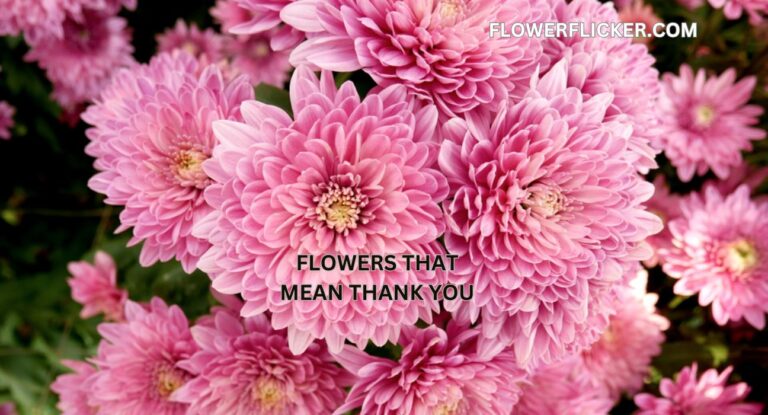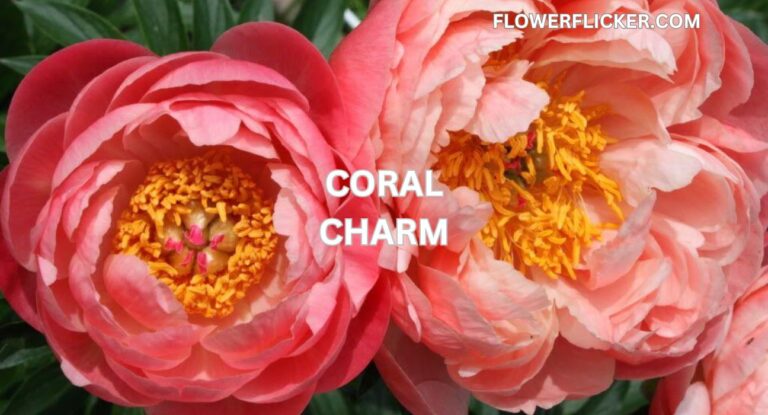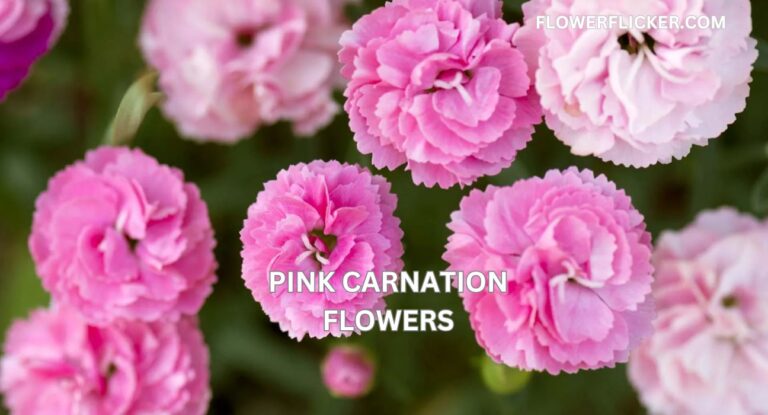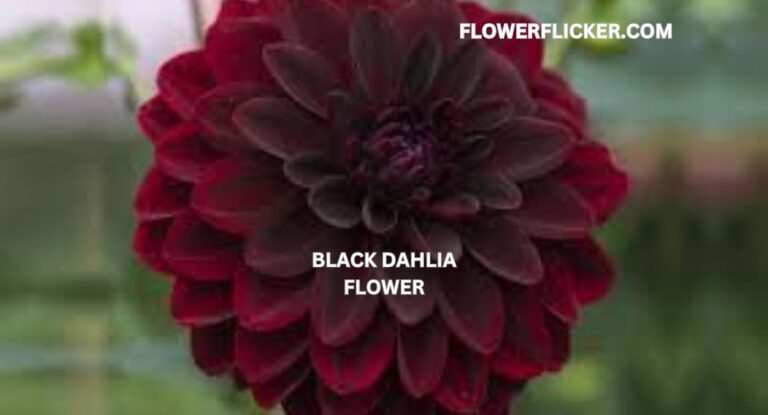Flower That Represents Hope: Symbolizing Resilience and Optimism
Amidst the vibrant tapestry of nature, certain blooms rise above the rest, whispering secrets of resilience and renewal. One flower stands out in its symbolism for hope—a delicate yet tenacious blossom that has inspired countless cultures throughout history. This floral emblem not only graces gardens and bouquets but also serves as a powerful reminder of life’s ability to flourish even in the darkest times. As we explore the flower that represents hope, we uncover layers of meaning that stretch far beyond its petals.
Flower That Represents Hope
In a world often shadowed by uncertainty and despair, nature finds its way to remind us that hope is always within reach. Discover the Magical Flower That Embodies Hope and New Beginnings!
- Tulips
- Bluebell
- Iris
- Cornflower
- Daffodil
- Lotus
- Poppy
- Sunflowers
- Star of Bethlehem Flower
- Forget-me-nots
- Cherry Blossoms
Tulips
Tulips, with their vibrant hues and graceful forms, symbolize a profound sense of hope that transcends cultures and time. Originating from the mountainous regions of Central Asia, these resilient blooms have not only adorned gardens but also played pivotal roles in various historical narratives—most notably during the Dutch Golden Age. The revival of tulip cultivation after devastating periods stands as a testament to humanity’s enduring spirit, embodying resilience in the face of adversity.

Bluebell
The Bluebell flower, with its delicate bell-shaped blooms emerging in a fresh array of blues each spring, serves as a stunning visual metaphor for hope. Often seen carpeting woodland floors and meadows, these enchanting flowers not only captivate the eye but also symbolize renewal and the promise of brighter days ahead. In various cultures, bluebells have come to represent humility and constancy, enriching their association with hope through their persistent re-emergence every year despite harsh winter conditions.

Beyond their aesthetic appeal, bluebells hold deep ecological significance. They thrive in environments where others might struggle, reminding us that resilience can flourish even in adversity. As they bend gently in the breeze beneath towering trees, these soft blooms echo the sentiment that hope often requires patience and perseverance—a message particularly resonant during challenging times.
Iris
The Iris flower, with its striking petals and vibrant hues, serves as a powerful symbol of hope. Originating from the Greek word for rainbow, the iris embodies the promise of new beginnings and brighter days ahead. Each shade of this exquisite flower carries its own significance, but collectively, they represent resilience and optimism in the face of adversity. For many cultures, offering irises is a way to convey encouragement during tough times, reminding recipients that change—like spring following winter—is not only possible but inevitable.
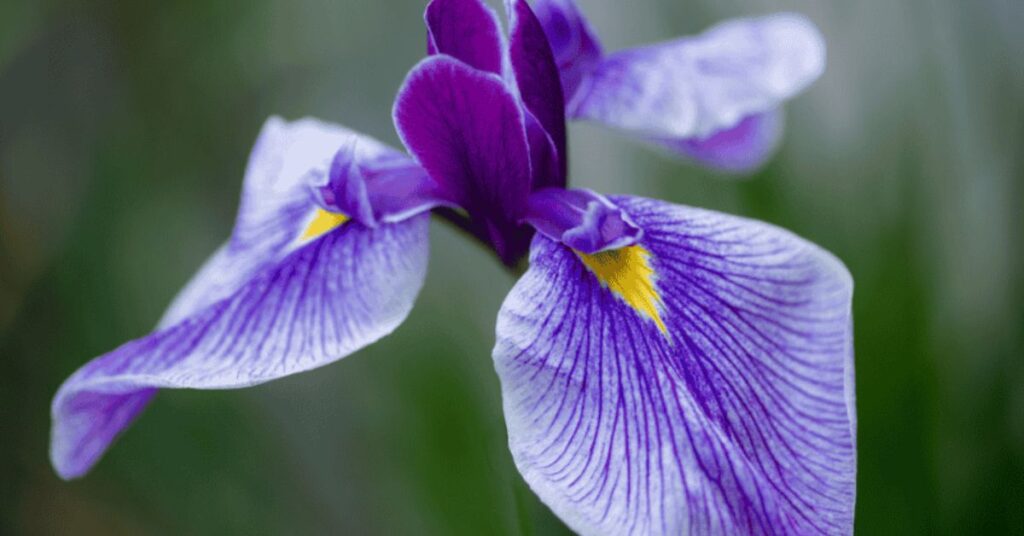
The healing properties associated with irises deepen their connection to hope. Traditionally used in herbal medicine and spiritual practices, these flowers are believed to help soothe emotional turmoil and inspire clarity. The presence of irises can uplift spaces such as gardens or homes by infusing them with beauty and an invigorating sense of possibility.
Cornflower
The cornflower, with its vibrant blue petals, has long been a symbol of hope and resilience. This unassuming wildflower flourishes in even the harshest of conditions, embodying the idea that beauty can emerge from adversity. Legend has it that during difficult times, soldiers would carry dried cornflowers as tokens of protection and assurance they would return home safely. This rich history intertwines with its role in contemporary floral arrangements, where cornflowers are often chosen to convey encouragement and support.
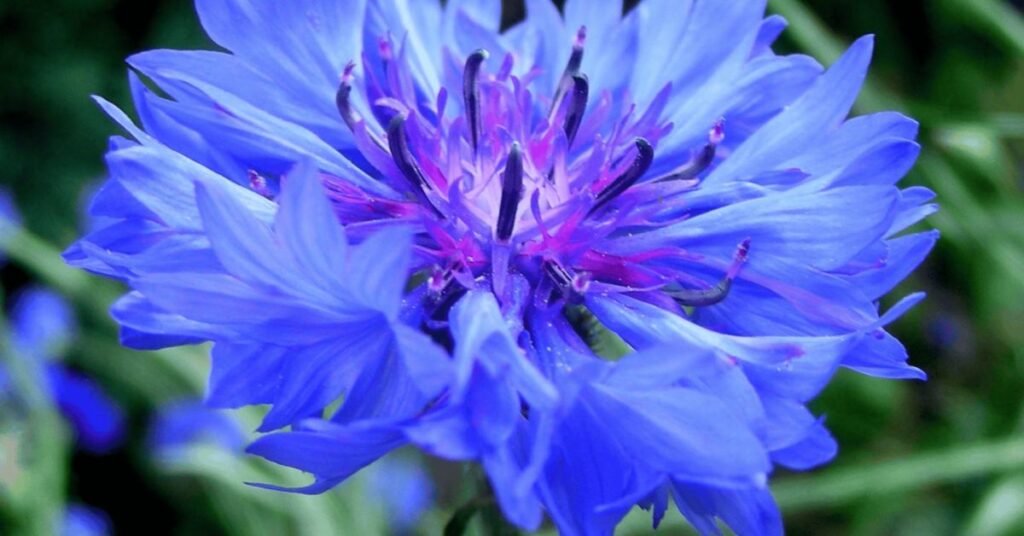
The cornflower’s ability to thrive in poor soil is a powerful metaphor for personal growth amidst life’s challenges. Much like the flower itself, individuals can find strength in their struggles—blossoming into something more beautiful when nourished by hope. In an age where we increasingly seek solace and inspiration from nature, incorporating cornflowers into gardens or daily lives serves as a reminder to embrace optimism.
Daffodil
The daffodil flower, often emerging from winter’s grip, stands as a vibrant symbol of hope and renewal. Its brilliant yellow petals burst forth as one of the first signs of spring, reflecting the resilience of nature even in harsh conditions. This flower does not simply herald warmer weather; it also embodies the human spirit’s potential to thrive despite adversity. The association with hope is deeply ingrained in various cultures, where daffodils are often thought to bring good fortune or signify new beginnings friend.
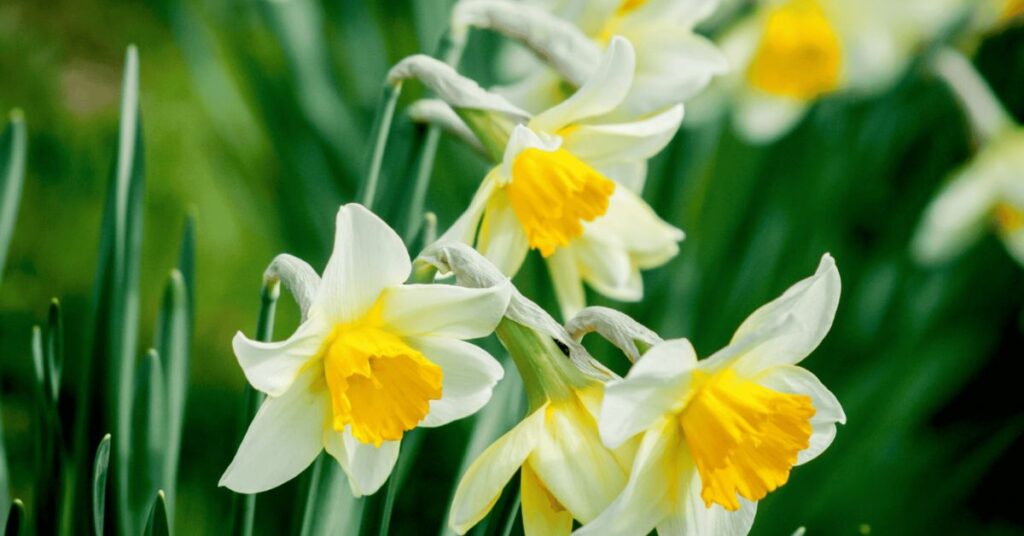
The language of flowers—known as floriography—the daffodil carries profound meanings that transcend mere aesthetics. It invites individuals to embrace optimism and look forward to brighter days ahead. This delicate bloom has found a powerful role in awareness campaigns for cancer research, particularly with its use during Daffodil Month by organizations seeking to raise funds and hope for those affected by illness. Each time we share or gift a daffodil, we’re not just giving a flower; we’re spreading an emblem of promise and resilience that resonates deeply within our shared human experience.
Lotus
The lotus flower, often revered for its beauty and resilience, symbolizes hope in many cultures around the world. Rising unscathed from murky waters, this remarkable bloom epitomizes the journey of overcoming adversity. Its roots sink deep into the mud, yet it emerges each day to greet the sun with unfurling petals, reminding us that even in darkness and hardship, there is a potential for transformation and renewal. This powerful imagery serves as a poignant metaphor for personal struggles—whether battling mental health challenges or navigating life’s tumultuous moments.
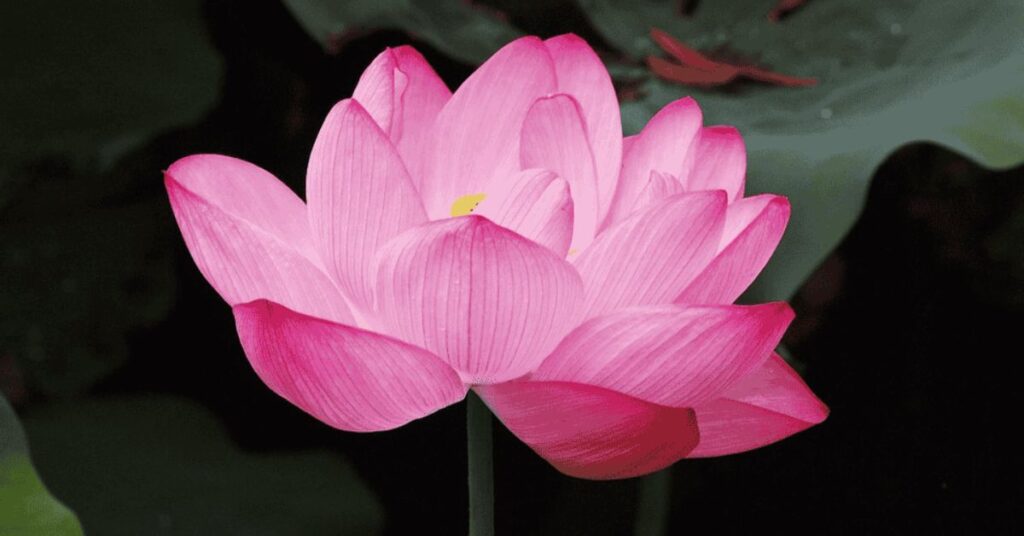
Poppy
The poppy flower, particularly the red variety, carries deep symbolic meanings that intertwine resilience and hope. Cultivated in various cultures, its vibrant petals evoke a sense of renewal and strength amid adversity. The juxtaposition of its delicate beauty against its robust ability to thrive in challenging environments serves as a poignant reminder of life’s fragility and endurance. Many people find solace in the image of the poppy as it flourishes despite harsh conditions, emblematic of our capacity to rise above personal challenges.

Sunflowers
Sunflowers, with their vibrant yellow petals and towering stature, evoke a sense of warmth and enthusiasm that resonates deeply with the concept of hope. Their ability to turn toward the sun symbolizes resilience and optimism, reminding us to seek light even in our darkest moments. This natural phenomenon, known as heliotropism, not only enhances their aesthetic appeal but also serves as a powerful metaphor for human perseverance. When planted in gardens or fields, sunflowers stand tall amidst adversity, embodying the idea that no matter how challenging life’s circumstances may be, there is always a possibility for growth and renewal.

Lilac
The lilac flower, with its enchanting fragrance and delicate clusters of blossoms, has long been a symbol of hope and renewal. Rooted deeply in various cultures and traditions, lilacs bloom during the spring, signifying new beginnings as nature awakens from the grip of winter. Their soft hues—ranging from lavender to deep purple—evoke feelings of tranquility and optimism, inviting us to reflect on the resilience inherent in life’s cycles.
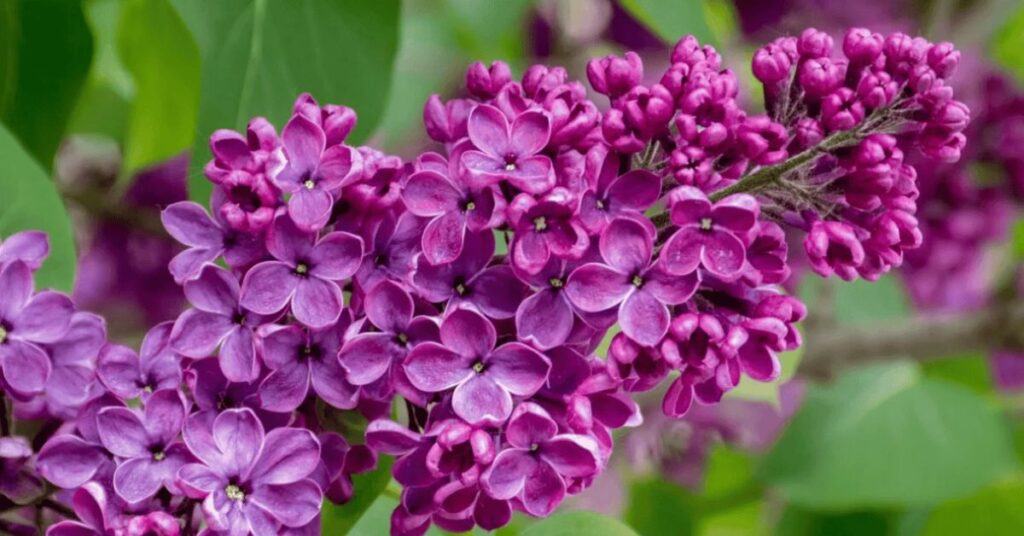
What sets the lilac apart as a representation of hope is not only its visual beauty but also its connection to personal growth and healing. In folklore, it is said that when you see lilacs blooming after long hardships, they remind us that brighter days are forthcoming. This connection encourages individuals to embrace change with open hearts; every fading season makes way for new opportunities for joy and renewal.
Star of Bethlehem Flower
The Star of Bethlehem flower, scientifically known as Ornithogalum umbellatum, emerges from the earth with a quiet resoluteness that mirrors the hope it symbolizes. Often found carpeting fields and gardens with its star-shaped blooms, this resilient plant serves as a reminder that beauty can thrive even in adversity. Its delicate white petals radiate a sense of purity and renewal, making it an emblem of hope during challenging times.

Historically linked to various cultural narratives surrounding rebirth and guidance, the Star of Bethlehem signifies more than just aesthetic appeal; it embodies the essence of perseverance. As these flowers bloom in spring after enduring winter’s trials, they inspire us to embrace our own cycles of growth and transformation. In times when we may feel overwhelmed by life’s uncertainties, the sight of these stars blanketing the landscape encourages us to look forward toward brighter days ahead.
Forget-me-nots
Forget-me-nots, with their delicate blue petals and enchanting appearance, remind us that hope often resides in the most unassuming places. These small yet vibrant flowers have long been symbols of remembrance and enduring love, but it’s their connection to hope that makes them particularly poignant. In a world that can sometimes feel overwhelming, forget-me-nots serve as a gentle reminder that beauty and resilience can flourish even amidst adversity. Their presence in gardens or natural landscapes invokes a sense of peace, encouraging us to reflect on our own personal journeys toward healing and renewal.
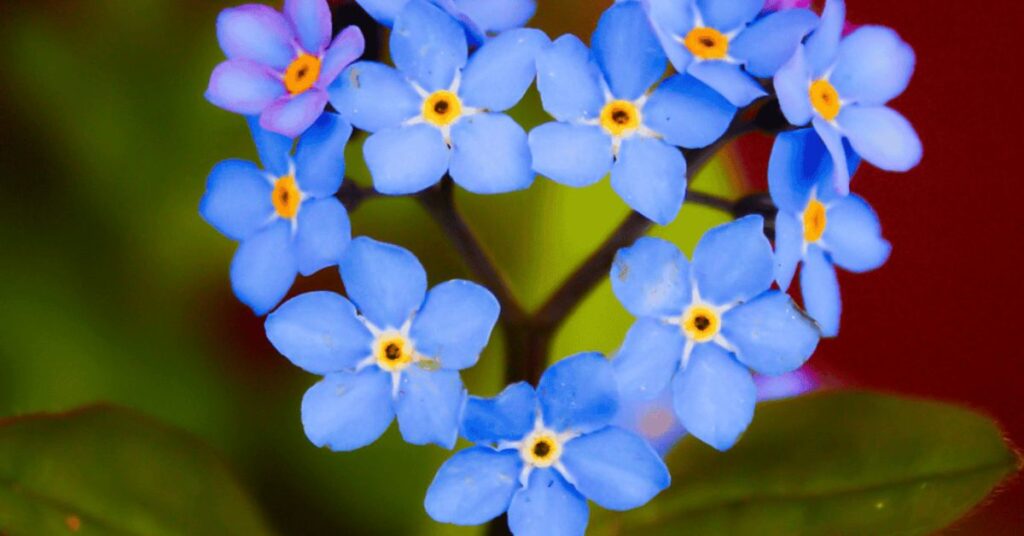
The cultural significance of forget-me-nots extends beyond mere aesthetics; they carry profound meanings across various traditions. In some folklore, these flowers are said to be messengers from loved ones who offer encouragement during difficult times. This notion aligns perfectly with the idea of hope—a thread that connects past memories with future possibilities.
Cherry Blossoms
Cherry blossoms, with their delicate pink and white petals, have long been cherished symbols of beauty and renewal. These ephemeral blooms, often appearing just as winter’s grip weakens, evoke a sense of hope that resonates deeply across cultures. In Japan, hanami or flower viewing is more than just an aesthetic appreciation; it’s a communal celebration of life’s transient nature. This fleeting beauty inspires people to embrace the present moment and acknowledge the cyclical rhythms of life—a powerful reminder that even in times of despair, new beginnings are possible.

Beyond their visual charm, cherry blossoms inspire hopeful narratives about resilience. The unique life cycle of these flowers serves as an allegory for personal growth—despite harsh winters and unpredictable storms, they emerge each spring with unwavering vibrancy. This relatability makes the cherry blossom a profound symbol in various contexts; it encourages individuals to look forward to brighter days after enduring hardships.
Summary Of Flower Of Hope: Symbolizing Resilience and Optimism
| No | Flower Name | Flower Meaning of Hope |
| 1 | Tulips | Cheerful thoughts and encouragement |
| 2 | Bluebell | Gratitude and perennial nature |
| 3 | Iris | Faith, wisdom, and hope |
| 4 | Cornflower | Hope for people suffering from ALS |
| 5 | Daffodil | Rebirth and new beginnings |
| 6 | Lotus | Purity, enlightenment, and rebirth |
| 7 | Poppy | Remembrance and consolation in times of death |
| 8 | Sunflowers | Adoration and loyalty |
| 9 | Forget Me Nots | True love and remembrance |
| 10 | Lilac | Renewal and confidence |
| 11 | Star of Bethlehem | Hope and healing |
| 12 | Cherry Blossoms | The beauty of life and new beginnings |
Conclusion
The flower that represents hope serves as a powerful symbol of renewal and resilience in our lives. Whether it’s the vibrant daffodil heralding the arrival of spring or the delicate lotus rising from muddy waters, these blooms remind us that beauty can emerge even in challenging circumstances. By embracing their meanings, we can cultivate a sense of optimism and strength as we navigate our own journeys.
Incorporating these flowers into our gardens or gifting them to loved ones can inspire positivity and encouragement. Let us celebrate the flowers of hope and share their uplifting messages with those around us.
FAQs
What Flower Represents Hope?
One of the most widely recognized flowers that represents hope is the yellow daffodil. This vibrant bloom is often associated with renewal and new beginnings, making it a popular symbol for hope, particularly in the context of springtime when nature awakens from its winter slumber. Daffodils are frequently used in various cultural celebrations and events that promote optimism and positive change, such as cancer awareness campaigns.
What Is The Greek Flower Of Hope?
The Greek flower of hope is often considered to be the anemone. In Greek mythology, the anemone is associated with the story of Aphrodite and Adonis. According to legend, when Adonis died, Aphrodite wept over his body, and her tears mingled with his blood to create the beautiful anemone flowers. This poignant tale symbolizes love, loss, and the enduring nature of hope that springs from sorrow.
What Flower Means Overcoming Struggle?
One flower that symbolizes overcoming struggle is the lotus. The lotus flower is renowned for its ability to rise from murky waters, blooming beautifully above the surface. This unique growth process represents resilience and the idea that one can emerge from difficult circumstances stronger and more beautiful.



